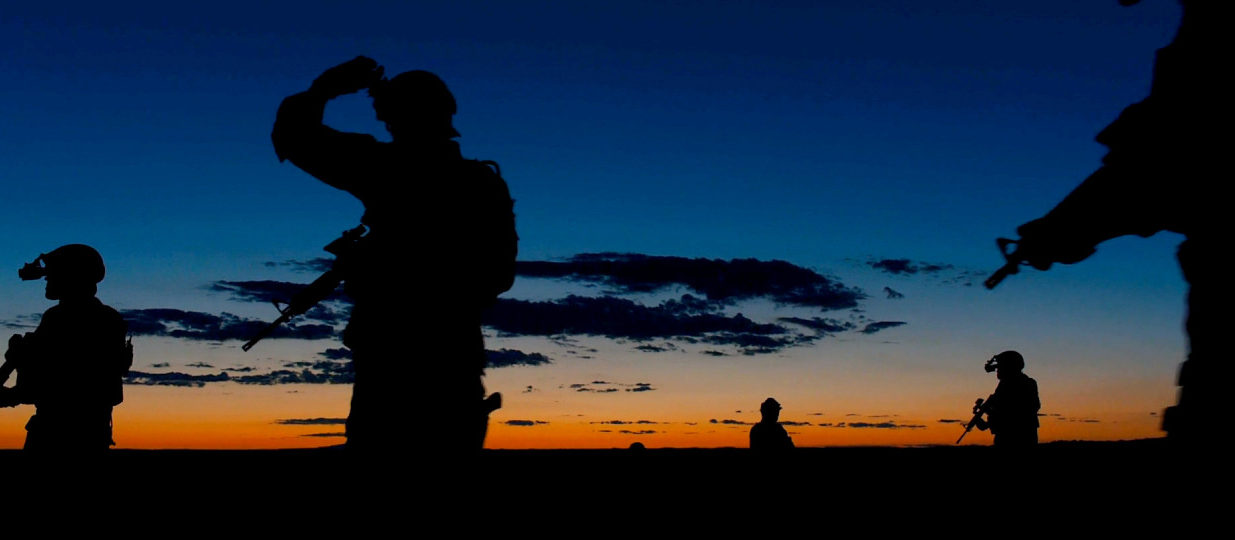
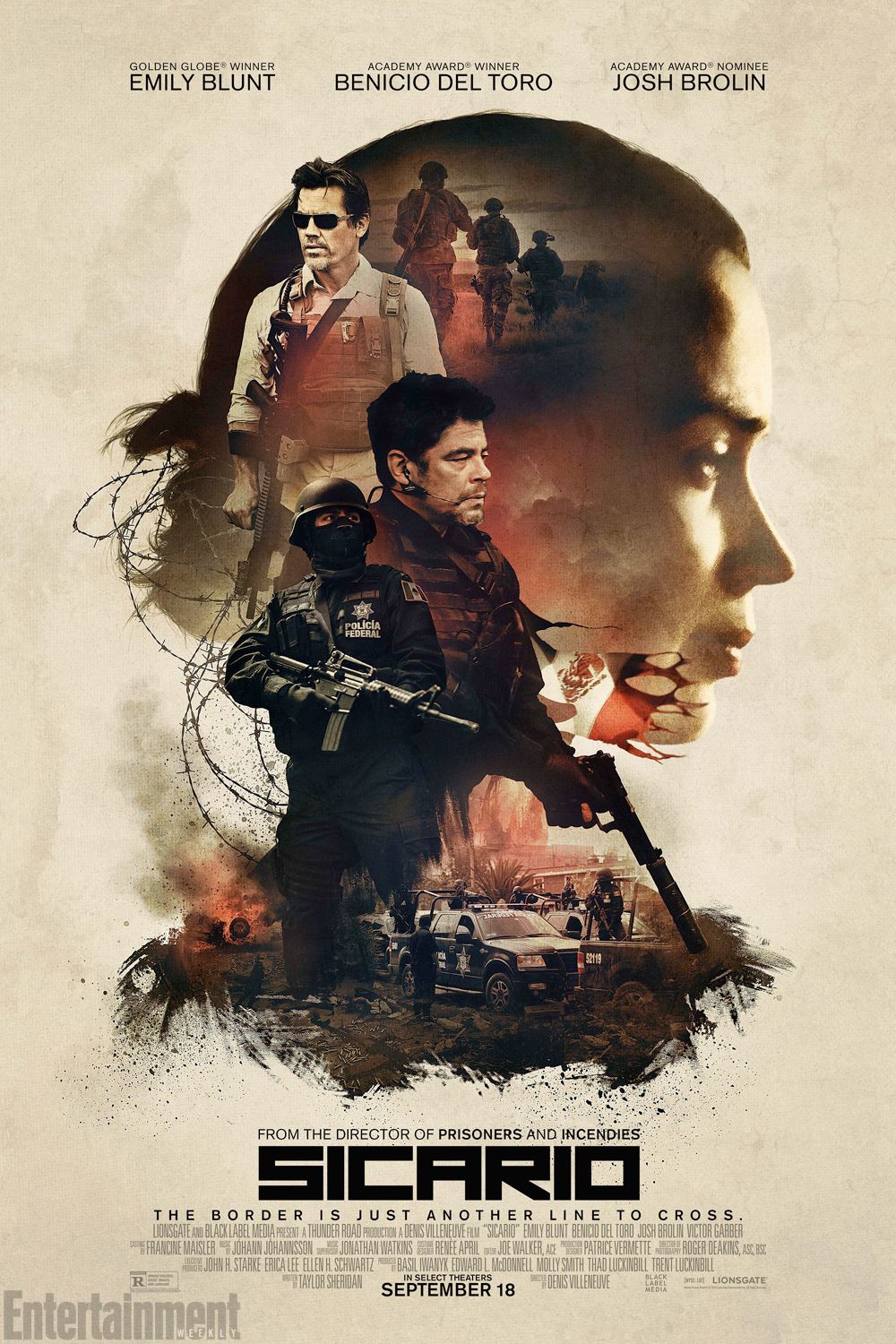
“You’re asking me how the watch is made. For now just keep your eye on the time.”
Sicario is a violent film that announces itself without any fussing about. FBI agents Kate Macer (Emily Blunt) and Reggie Wayne (Daniel Kaluuya) are involved in a raid of a suspected cartel safehouse in Arizona when an errant shotgun blast leads to a sickening revelation—dozens of rotting corpses are stashed in the walls of the house. This was supposed to be a routine mission; instead we get a firsthand look at the nightmarish conflict between U.S. law enforcement and the Mexican cartels. An analytics team is called in to survey the suburban home that is functioning as a mass grave. With a large team of agents now milling about the property and looking for additional victims, a booby trapped bomb explodes from an outbuilding, killing two officers. It’s a tremendous opening sequence—wonderfully shot, tightly edited, tense sound design, narratively provocative. And we’re presented with such a surplus of abject evil that we, along with Kate, are willing to hastily jump into uncertain waters if it means a chance at justice.
Sicario was written by Taylor Sheridan, who has since become a prominent figure in the neo-Western genre (Hell or High Water, Wind River). Interestingly, the jaw-dropping opening scene was not how the script began. On paper, Benicio del Toro’s Alejandro—who comes into the film later as a shadowy figure with uncertain motives—opened the film by accidentally drowning a cop that he was interrogating; he then resuscitates him with CPR and continues the interrogation. I’m sure if this scene was filmed that it is brilliant and gut wrenching, but I think it was the correct choice to keep our focus on Kate so that the audience would see the film through her eyes. (There are several other deviations from Sheridan’s script, and, merely based on reading about them, they all seem to have been net positive changes).
Jumping at a chance to volunteer for a clandestine joint task force, Kate finds herself taking orders from a mysterious figure named Matt Graver (Josh Brolin), who seems to go wherever and do whatever he wants to. Brolin seems to be having a lot of fun playing the gleeful warmonger who couldn’t care less about bloodshed. His character is introduced during a very official-looking meeting—suits and ties, minimal small talk, serious tones of voice. Yet he sits there confidently in an unbuttoned t-shirt and flips flops, chomping gum and making personnel decisions. These minor details serve two purposes—it gives us a glimpse of his irreverent attitude while also subtly telling us that he doesn’t really answer to these people. For most of the film, Kate is unsure who Matt reports to, if anyone; but she must reluctantly report to him.
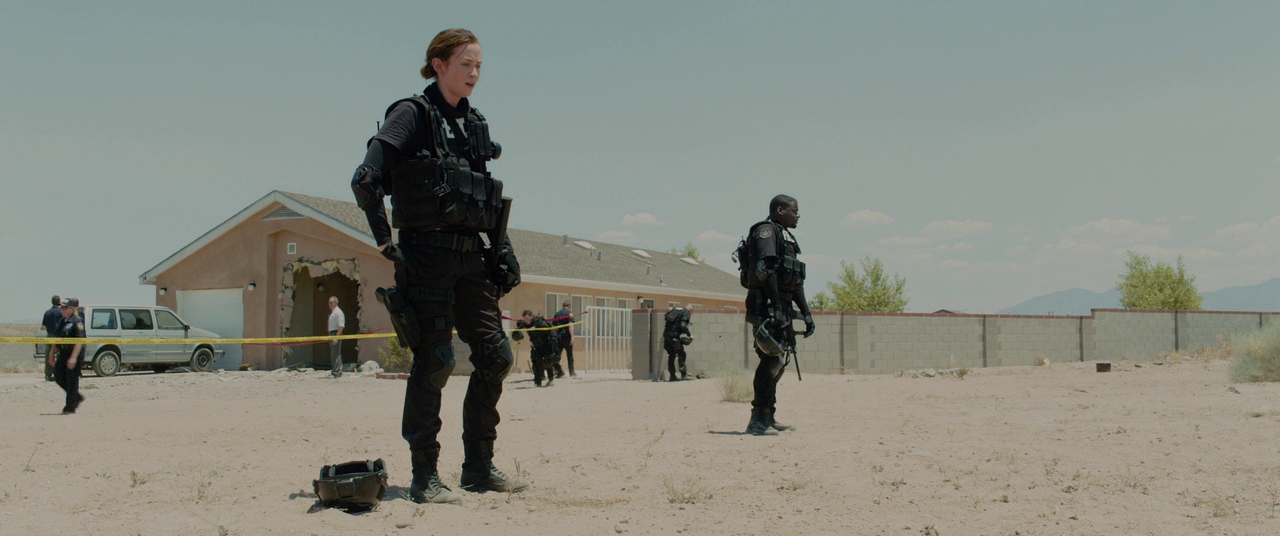
On their plane trip to El Paso aboard a small private aircraft, Kate speaks with an even shadier figure who goes by Alejandro. He lets slip that the team is headed for Juárez for a hostage swap, not El Paso. Kate is caught off guard, but only hesitates for a moment at the briefing before throwing on some Kevlar and joining the rest of the agents. The choice is to either go with them or give up on all those people she found stuffed behind the drywall in Arizona. This sequence gives off the vibe of a standard “first mission with the new team” type scene. And it begins that way—Alejandro points out the nude bodies hanging from the highway overpass, the swap goes smoothly, and the tense music from Jóhann Jóhannsson pulses as the squadron of cars glide back to the border—but then proceeds to upend our expectations.
With traffic brought to a standstill at customs, the tension ramps up. Behind tinted windows, federal agents call out potential targets, aiming down their sights and trying to cover all angles. It’s another brilliant set piece—claustrophobic camera angles, obscured views, false alarms, unclear instructions—resulting in a deadly shootout that obliterates Kate’s understanding of law, morals, and procedure. While Kate is unnerved, the seasoned soldiers know all about omelets and breaking eggs and all that. But it takes a while for us to learn exactly what Matt and Alejandro are cooking up in Mexico with these provocations and interrogations and hostage swaps. We witness their controversial methods, but don’t get a solid read on their aims until much later the movie. Until then, we’re in the dark along with Kate. “What is our objective?” she asks Matt. “To dramatically over-react.”
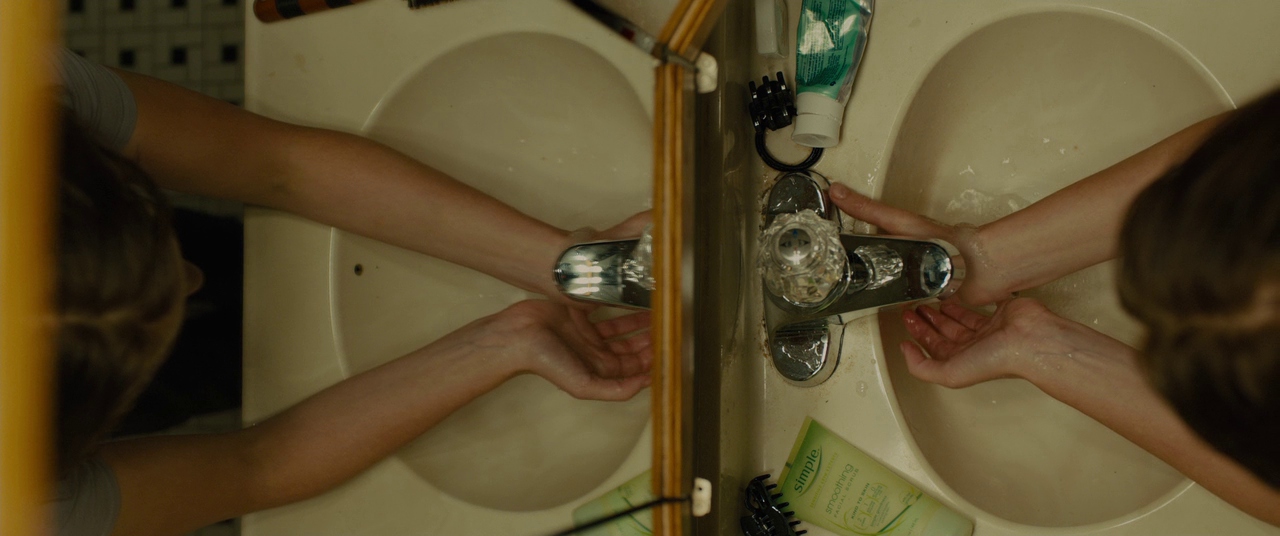
Kate has her nose stuck so far into the action that she is always several steps behind when it comes to grasping the overarching motives for her directives. She readily jumps at the opportunity to bring these evildoers to justice but lacks an understanding of the bigger picture. And the details that she can glean from Matt and Alejandro are often vague or misleading. Why are they rounding up detained border-jumpers? Why is Alejandro torturing a man? Why is the suave hunk she brought home from the bar trying to strangle her? The plan ends up feeling pretty simple once it’s revealed—stir up trouble so a second-tier cartel leader has to personally report to head honcho—but it allows Villeneuve to set up a bunch of great individual scenes.
Blunt is excellent in a complex role that allows her to display the range of her abilities. Kate needs to be gritty when it’s called for, but struggle internally with her upright morals, even as her sense of righteousness plays at odds with the uncaring attitudes of the men she must work with. It’s a juicy role as a strong but vulnerable woman who stands in for the audience as she tries to find her footing each time the rug is ripped from under her. It often reminded me of Jodie Foster’s performance in The Silence of the Lambs. Equally compelling is Del Toro, the titular “sicario” who has a personal vendetta against the drug lord and will take part in whatever military stunt is necessary to be sitting across from the man with a gun in his hand. Del Toro is magnificent in these kinds of roles (he won Best Supporting Actor for his role in Steven Soderbergh’s Traffic), where his mannerisms, vocal inflections, and even his breathing and silence carry weight.
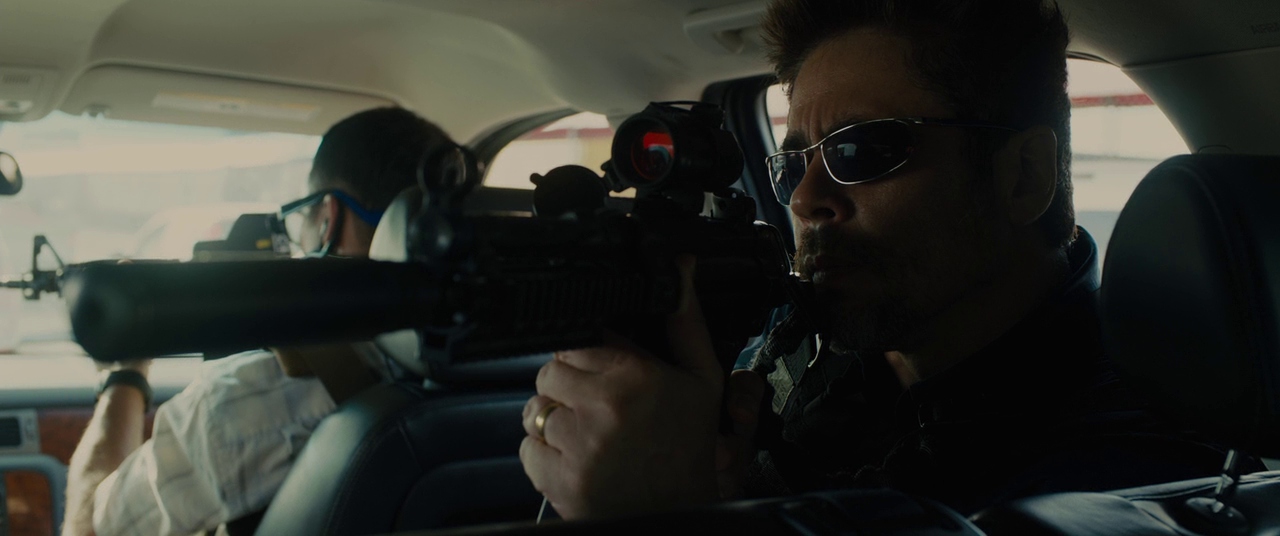
It’s easy to feel a little bit underwhelmed by the final revelation; it just doesn’t seem to justify all of the bloodshed. Eliminating the competition in order to control the drug trade rather than stamp it out is a reason for government-sanctioned murder, but not a good one. But it’s probably sensible to assume decisions like that are made all the time by people who have never had their boots on the ground. While I think cutting the head off of the snake is a sufficient motive and would have been more narratively fulfilling, especially when coupled with Alejandro’s personal quest, I also like Sheridan’s choice to shoot for a moral middle ground. Kate is our moral center, but might be on the wrong side—or, more likely, there is no right side at all. The war on drugs is a net loss for everyone, even when the goal is to control it rather than eliminate it.
Traffic is the film’s most obvious comparison point, and Sicario echoes that film’s cathartic closing scene with a similar one. A group of young Mexican boys play soccer on a dirt field. One of them is the son of a corrupt cop that we saw die moments earlier, though neither the son nor the man’s wife know that he is dead. Gunfire ripples through the air and the game pauses. But only for a moment. The scene feels disconnected from the main narrative, but it resonates deeply when you consider how commonplace the interrupting sound must be for the children to carry on with their game after only a brief pause.
In the end, Sicario isn’t really doing anything very new, it’s just doing something familiar very well. Oozing with talent on both sides of the camera, it gets under your skin, keeps you on your toes, and pays off richly with several top-shelf action scenes. It’s a compulsively rewatchable film; one that’s simple enough to pick up anywhere in its runtime, and crafted so exquisitely well that every section is exciting to watch even in isolation. Whether it’s the intimate conversations between Alejandro and Kate, the brilliantly staged set pieces, or the tactical beauty of Roger Deakins’s camerawork, there’s so much filmmaking goodness here that it transcends its basic genre story to become a truly great action film.
Sources:
Sharf, Zack. “Emily Blunt: Why Denis Villeneuve Made the ‘Right Decision’ Cutting Original ‘Sicario’ Opening”. IndieWire. 8 December 2020.